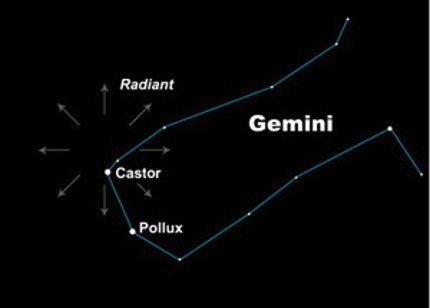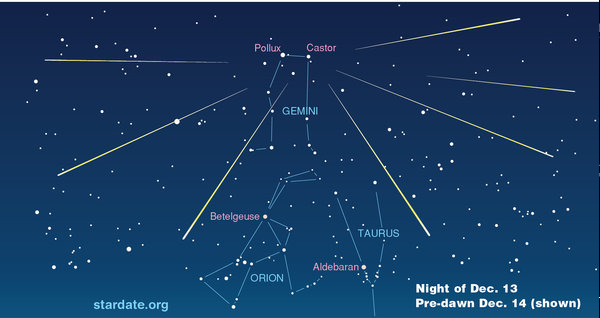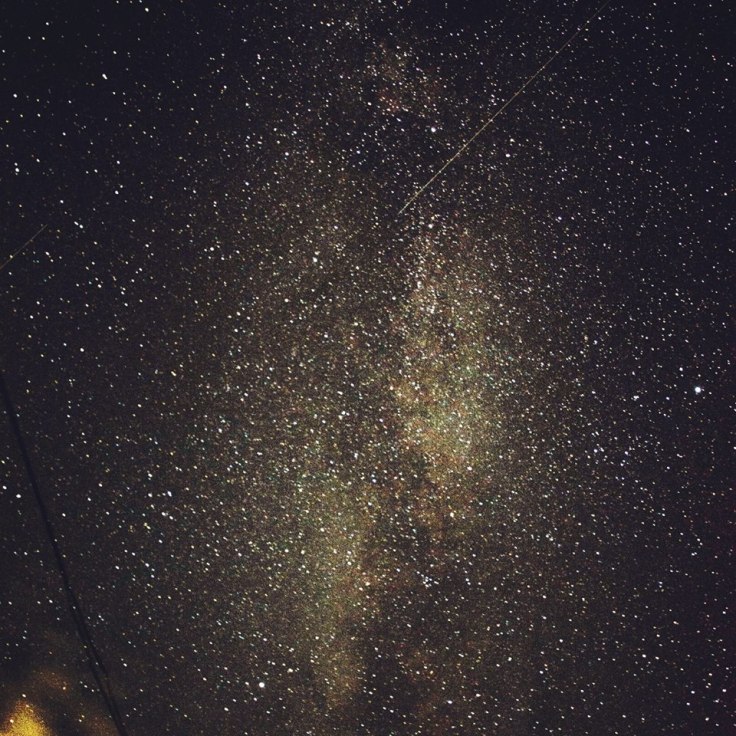It’s time for the best meteor shower of the year! December brings the Geminid meteor shower in the night sky, one of the spectacular displays of dance of the meteors showers.
About Geminid
Dating back to more than 200 years Geminid meteor shower is growing stronger every years- a research suggests. Geminid definitely marks the best display meteor shower with a rate of about 120 shower per hour in the dark sky and about 40 shower per hour with the super-moon light that we are about to get this year during the shower. 40 shower per hour (That rhymed) is still a good odds in our favor.
The name Geminid comes from the Constellation Gemini (Also known as the twins) and as the name suggests, it radiates from a certain point in the constellation, the radiant point in this case is- Castor. The parent body of the shower is a near-earth asteroid called 3200 Phaethon, an asteroid which is believed to have collided with some objects in the past. Usually, meteor showers take place when the earth passes through the Orbital path of a comet. When the debris from the comet enters the earth’s upper atmosphere, the vaporization of the particles create the spectacular showers in the sky.
When to watch?
The peak of meteor shower is on the night of Dec 13 and Dec 14. Usually the peak of the Geminid meteor shower intensifies after midnight.
How to see the shower?
The best way to see a meteor shower is to go away from the city with excessive light pollution to some rural areas. But if that’s not possible then, you can do it from you roof too! You’re not going to see a meteor shower if you just stare at the night sky, you have to adapt to the darkness in the night sky, i.e. you need to gaze at the sky for a long time, gradually everything will start to appear dark, that’s when you see every single thing that moves in the sky.
Or you can take your camera and mount it on a tripod and set the following settings and try to catch few in the photos:
I usually use (The photo I have shared was on the following exif as well)
Shutter: 20”
F: 3.5
ISO: 3200
But it’s advised to use a lens with a wide aperture. In that case you might want to use ISO 1600. But it surely depends on the condition as well so just try few shots with different combination along that line
How to find the constellation Gemini?
The head of the Twins- Gemini consists of two bright stars- Castor and Pollux and in a place with an excessive photo-pollution only the head might be visible which forms a wedge that points straight at the Orion. The Orion or hunter is very easy to find!

Photo Source : (www.earthsky.org)

Gemini and Orion – Photo source : (www.stardate.org)

1 Pingback